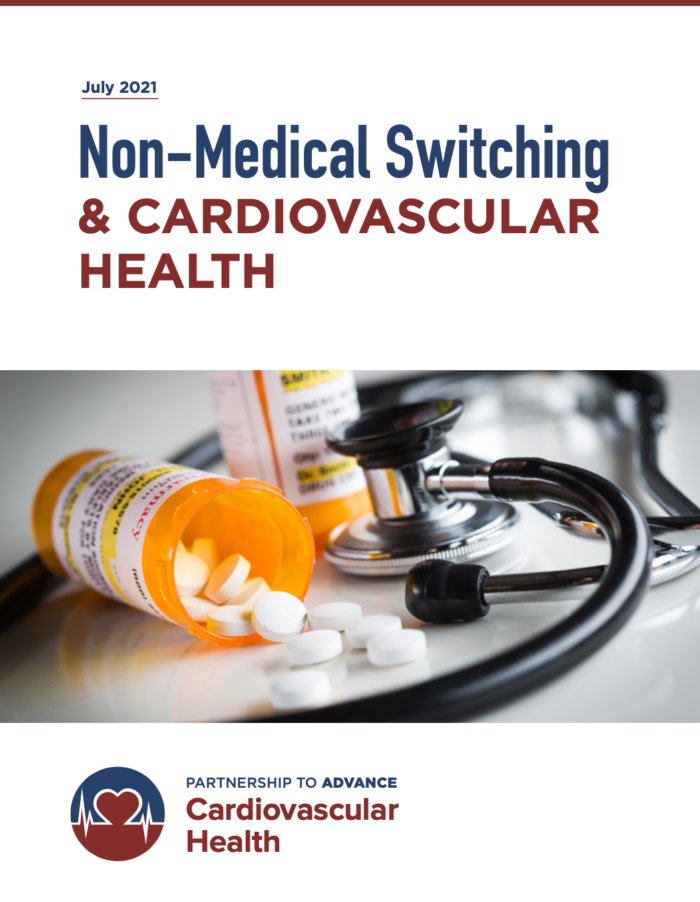Cardiovascular disease reigns supreme as America’s top killer, claiming 655,000 lives each year. But instead of prioritizing care for heart conditions, health plans regularly switch up patients’ medications in an attempt to boost profits.
So explains “Non-Medical Switching & Cardiovascular Health,” a newly released policy paper by the Partnership to Advance Cardiovascular Health.
Insurer-driven switching can be a logistical hassle for some. For others, it can be a risky move that, the paper warns, can “end with an avoidable heart attack or stroke.”
Switching on a Whim Harms Patients
When patients lose access to the medication they depend on, according to the paper, they may face new challenges.
- New prescriptions can lead to new side effects or reduced efficacy.
- Patients may experience gaps in treatment while transitioning to the new drug or waiting as their doctor appeals to their insurance company.
- Insurers’ casual attitudes about treatments can leave patients feeling as though their preventive medication may not be that important, increasing non-adherence.
The paper points to research that has shown these and other consequences of non-medical switching seriously affect patients’ health and wellbeing. The tactic also frustrates health care providers and increases their administrative burden.
The Ends Do Not Justify the Means
Switching does not, ironically, always achieve the cost savings intended.
Compelling patients to change from their usual medication can actually lead to higher downstream costs for office visits, lab tests and hospitalizations. Nearly one in 10 patients reported being hospitalized for complications after a switch, the paper notes, referencing a nationwide study of patients who had been non-medically switched.
The paper also details findings from another study, which found an initial switch predicted multiple future switches, each causing its own hardship. In contrast, patients who were not switched had the lowest per-person costs to the health plan, the paper explains.
A Better Way
If policymakers are serious about tackling America’s cardiovascular disease epidemic, the paper concludes, it’s time to rein in non-medical switching. A better model would take a patient centered approach, where patients and their providers – not insurers – chart and adjust treatment plans as needed.
To learn more, read “Non-Medical Switching & Cardiovascular Health.”


